I have updated this post to reflect the references from the current codes and standards.
This post was published in Doors & Hardware
 It has been more than 15 years since the annual fire door assembly inspection requirements were added to the 2007 edition of NFPA 80 – Standard for Fire Doors and Other Opening Protectives. Beginning with the 2009 editions of the model codes, the 2007 edition of NFPA 80 was referenced, making the inspections required by code in jurisdictions where those codes were adopted. Although it has been a slow start, with lots of education needed to raise awareness of the requirements, enforcement has now begun in many jurisdictions. There’s more work to do, but the demand for training and information is high.
It has been more than 15 years since the annual fire door assembly inspection requirements were added to the 2007 edition of NFPA 80 – Standard for Fire Doors and Other Opening Protectives. Beginning with the 2009 editions of the model codes, the 2007 edition of NFPA 80 was referenced, making the inspections required by code in jurisdictions where those codes were adopted. Although it has been a slow start, with lots of education needed to raise awareness of the requirements, enforcement has now begun in many jurisdictions. There’s more work to do, but the demand for training and information is high.
One of the inspection criteria for fire door assemblies is verification that the closing device is operational and that the door will close properly. A frequently-asked question is, “When testing a swinging fire door to determine whether it closes and latches properly, what degree of opening is used? Do you open the door fully? Does the door have to close and latch from any position?”
The answer depends on which code or standard is being used. NFPA 80 includes a requirement for positive latching on each door operation:
6.4.1.4* All closing mechanisms shall be adjusted to overcome the resistance of the latch mechanism so that positive latching is achieved on each door operation.
There’s nothing in this section of the standard that states a specific degree of opening; the phrase “on each door operation” could be interpreted as a requirement for the door to close when opened to a variety of positions (read on).
The related paragraph in NFPA 80’s Annex A (Explanatory Material – for informational purposes) talks about the importance of properly-adjusted closers which can overcome the resistance of the latch. The annex also cautions against too much spring power, which can make the door difficult to open. A size-3 closer is recommended for interior fire door applications, with an increase to a size-4 for some conditions. This section states that “spring hinges should be adjusted to achieve positive latching when allowed to close freely from an open position of 30 degrees.”
In NFPA 80’s inspection requirements, one of the inspection criteria listed in section 5.2.3.5.2 (2013 edition) is:
(7) The self-closing device is operational; that is, the active door completely closes when operated from the full open position.
We could conclude that the intent of NFPA 80 is for fire doors to close and latch when operated from the full open position, except that Annex A is inconsistent by suggesting 30 degrees of opening for fire doors with spring hinges. This issue should be addressed with a future code change proposal.
The requirements of the International Fire Code (IFC) and the language of the IFC Commentary are a bit more specific than NFPA 80, requiring the door to close and latch from any position:
2015: 703.2.3 Door operation. Swinging fire doors shall close from the full-open position and latch automatically. The door closer shall exert enough force to close and latch the door from any partially open position.
2018 and 2021: 705.2.4 Door operation. Swinging fire doors shall close from the full-open position and latch automatically.
IFC Commentary: Fire doors must be closed to be effective. Swinging fire doors should be frequently checked to make sure they close and latch on their own power from any position.
If a fire marshal is enforcing the 2015 edition of the IFC, the door has to close and latch from any position in order to be code-compliant. Note that the reference to the adjustment of the door closer to “close and latch the door from any partially open position” was removed from the 2018 edition. However, the IFC Commentary still recommends that fire doors close and latch from any position. This may be difficult to achieve depending on the hardware installed on the fire door assembly, but a fire door that meets this requirement is likely to perform as designed and tested regardless of how far it is opened during an emergency.
It’s crucial for fire door assemblies to be closed and latched during a fire to help compartmentalize the building and deter the spread of fire, and the increased enforcement of fire door assembly inspections will help to ensure that the opening protectives are properly maintained.
You need to login or register to bookmark/favorite this content.

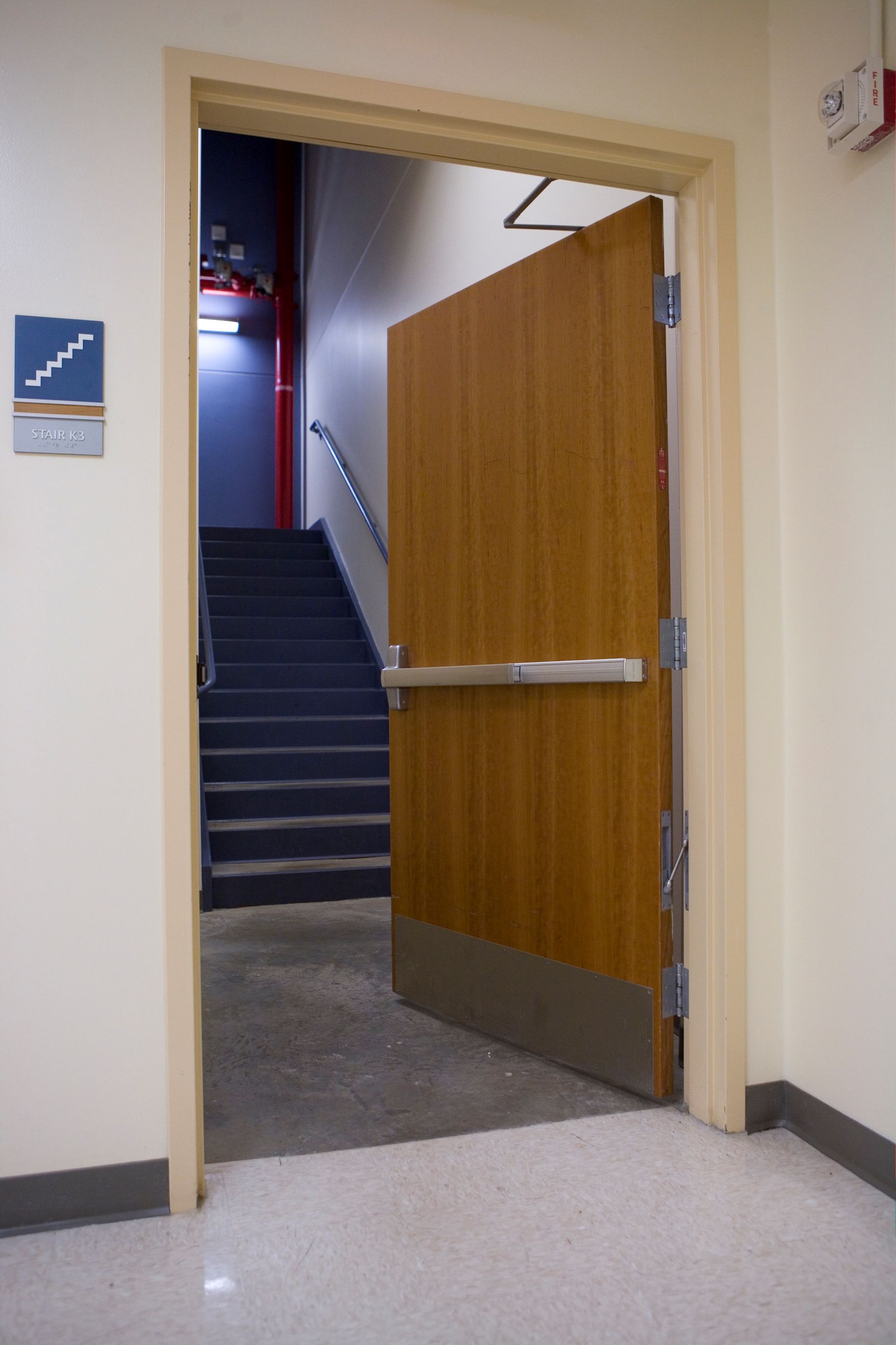

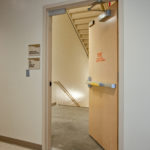


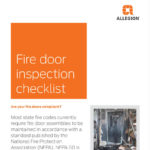


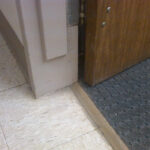
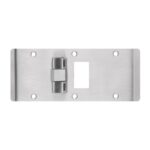

Since so many folks touch a door, it is often difficult to assign responsibility to any one single person (subcontractor) in a new project. If i have a spec that covers testing of door latching for doors equipped with electric controls (including mag locks) on both rated and unrated doors what specification section would you put it in?
Hi Jim –
That’s a really good question. I’ve never seen a requirement like that in a spec. I think I would put it in the same section where the electrified hardware is specified. A while back I worked with an independent specwriter to come up with some language on fire door inspection, which would be similar to what you’re asking about, and he recommended putting it into the hardware section (http://idighardware.com/2010/08/fdai-specification-revised/).
– Lori